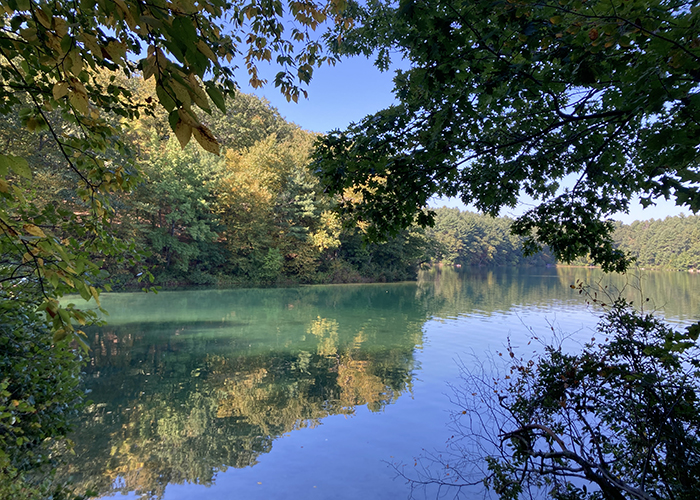 Previous Day |
Waltham, MA → Salem, MA → Waltham, MA 98.2 mi (158.0 km) |
 Next Day |
What a wonderful week, everyone!
I may as well be on Sesame Street for all the W’s on today’s itinerary! Why, I woke up in Waltham and worked my way (north) west to a pond that is world-renowned for its wildness and the wisdom it inspired. This pond, of course, is called Walden!
 |
Walden Pond was originally part of the land holdings of Ralph Waldo Emerson, but he let his good friend, Henry David Thoreau, set up a cabin near this pond in 1845 so he could “live deliberately” for a while. Like Mr. Emerson, Mr. Thoreau was a Transcendentalist, who believed that nature was an essential part of everyone, and spiritual meaning could be found by immersion in it!
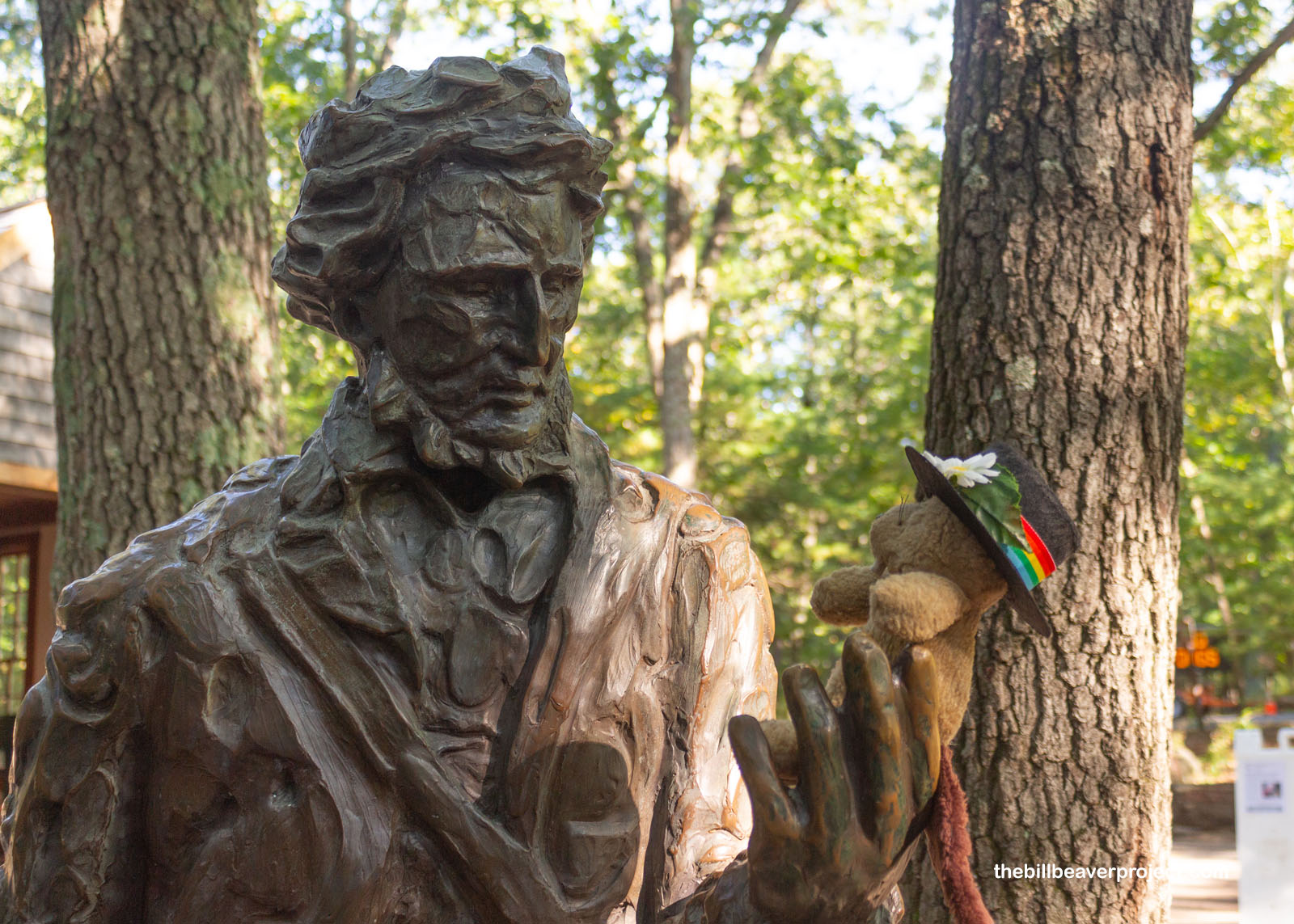 |
Just off the edge of the parking lot was a re-creation of his cabin, though the original has succumbed to age and the elements. He spent two years, from July 4, 1845 to September 6, 1847, living simply in solitude in his cabin, observing plants, animals, and the seasons, but he was hardly a hermit. He left three chairs ready available for visitors, and he’d regularly stroll into Concord for supplies and gossip!
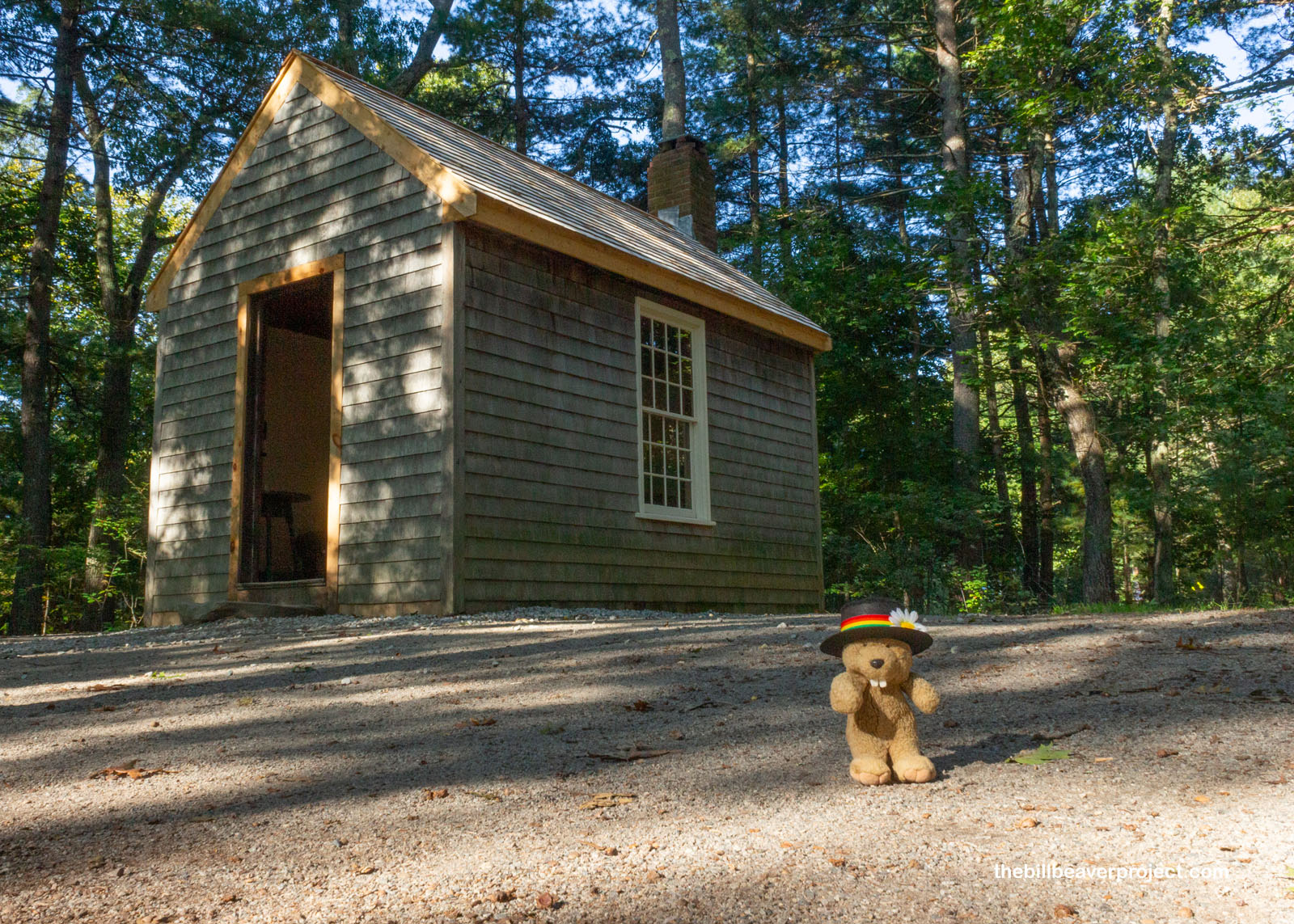 |
To get to the pond itself meant crossing Walden Street and descending a ramp to the mucky shore. I noticed two things right away: Walden Pond was much larger than I expected, and there was no way I’d get to celebrate Lastleaf here. It was practically summer, hot, humid, and green, unseasonably so! Part of that was because of an ongoing El Niño that’s been making everything warmer than usual, but even when Mr. Thoreau was here, he called this spot his fire-side, since the sun kept it warmer in winter. In any case, the heat botched my celebration plans pretty well!
 |
But no matter! I was here for adventure, and even if the warmth was causing the leaves to stay green, it sure felt nice as I began my stroll along the 1.9-mile Pond Path, where I’d encounter Mr. Thoreau’s original cabin site and who knows what else? It was early enough to not be crowded, but being a Tuesday, I got the sense that there’d be school groups soon enough!
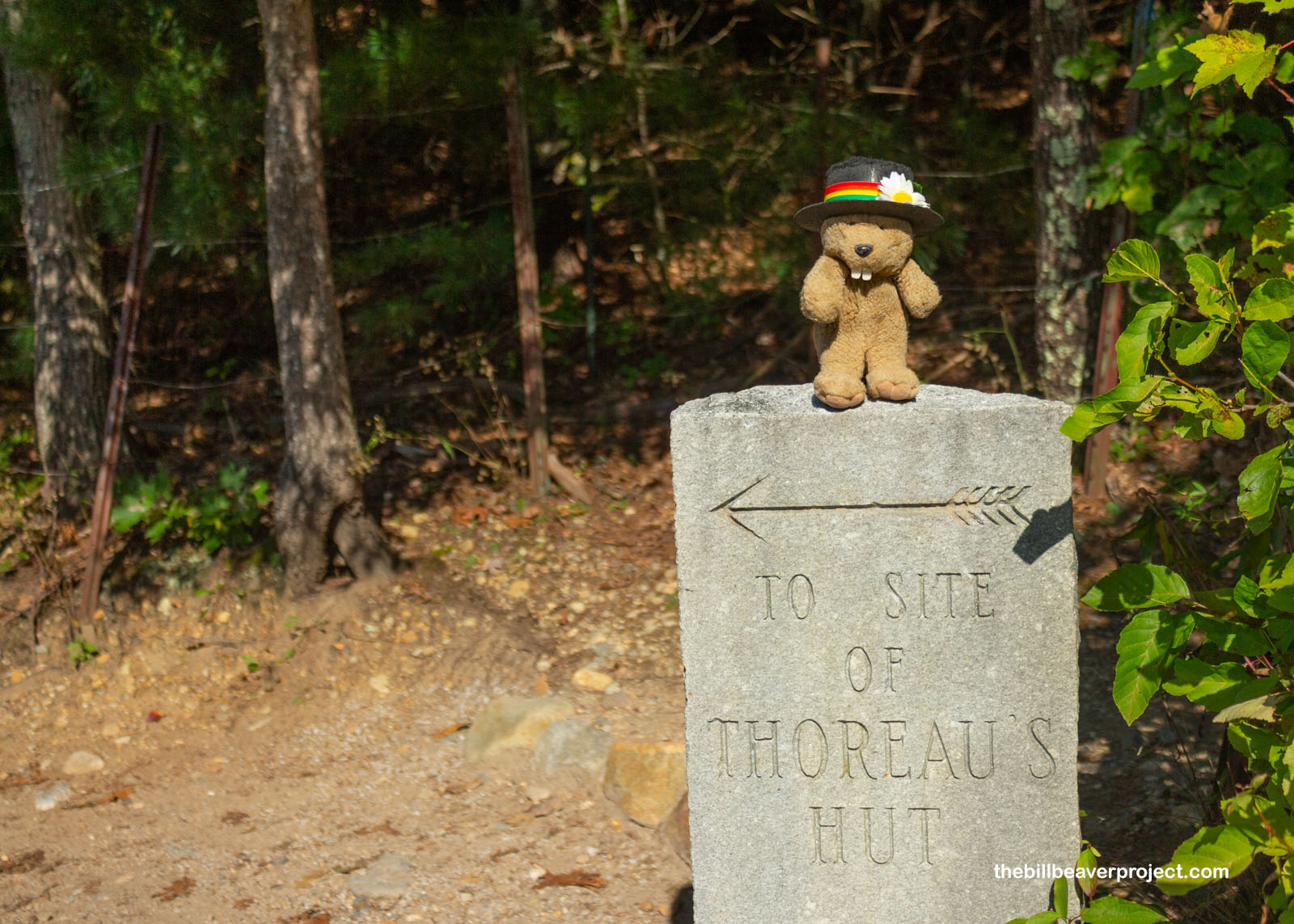 |
About a quarter of the way around the pond, following the lush trail that was fenced off to all but the chipmunks, a spur took me to the original cabin site! Ten years after Mr. Thoreau died of tuberculosis in 1862, his neighbor, Bronson Alcott, started bringing fans of Walden to the cabin site and left behind some stones, which over the years has grown into a huge cairn! Time and seasons led to the cabin’s eventual collapse, but a hundred years later, in 1945, a hobbyist archaeologist named Roland Wells Robbins dug for three months near the cairn and pinpointed the exact location of the Thoreau cabin, now clearly marked by pillars!
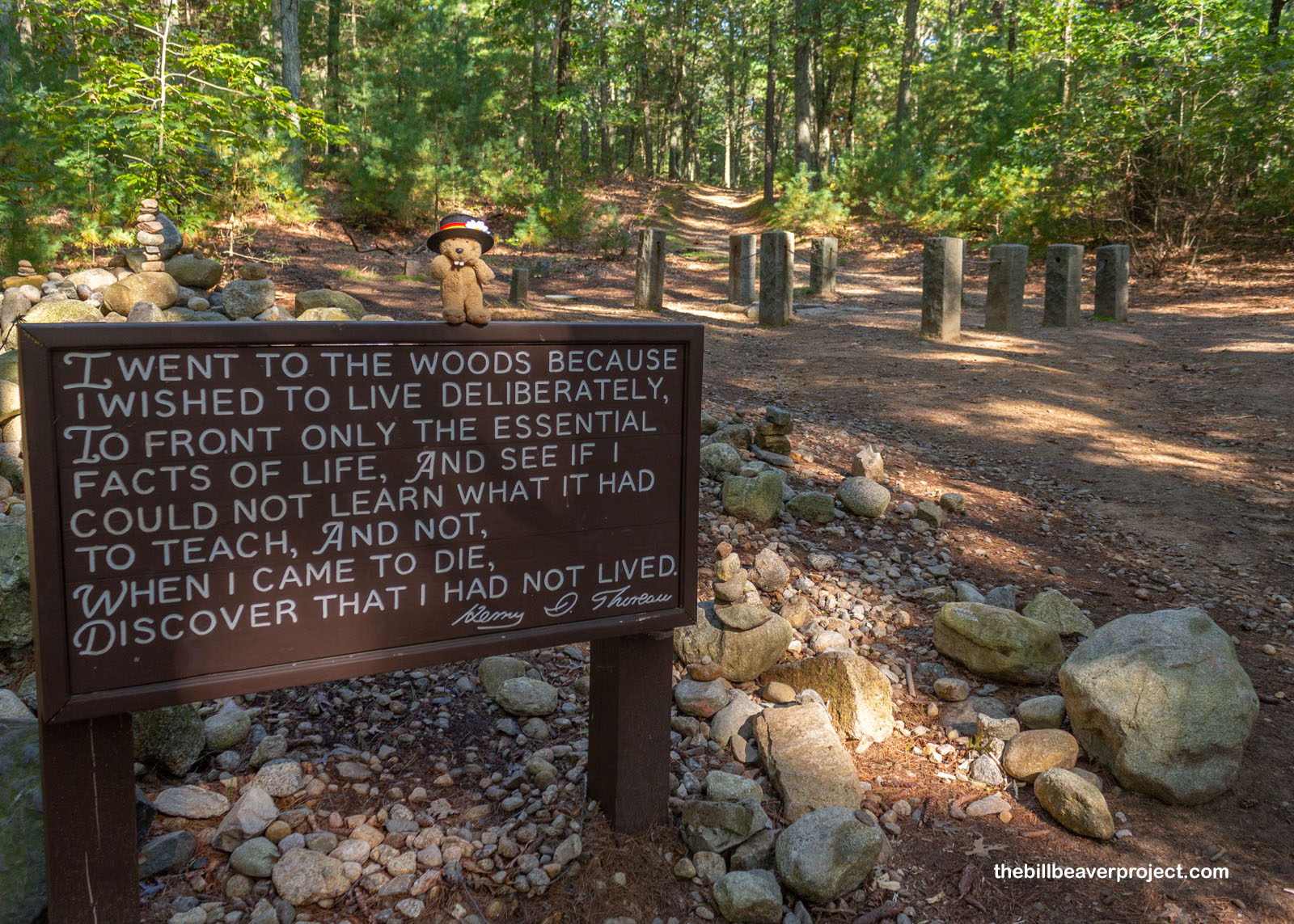 |
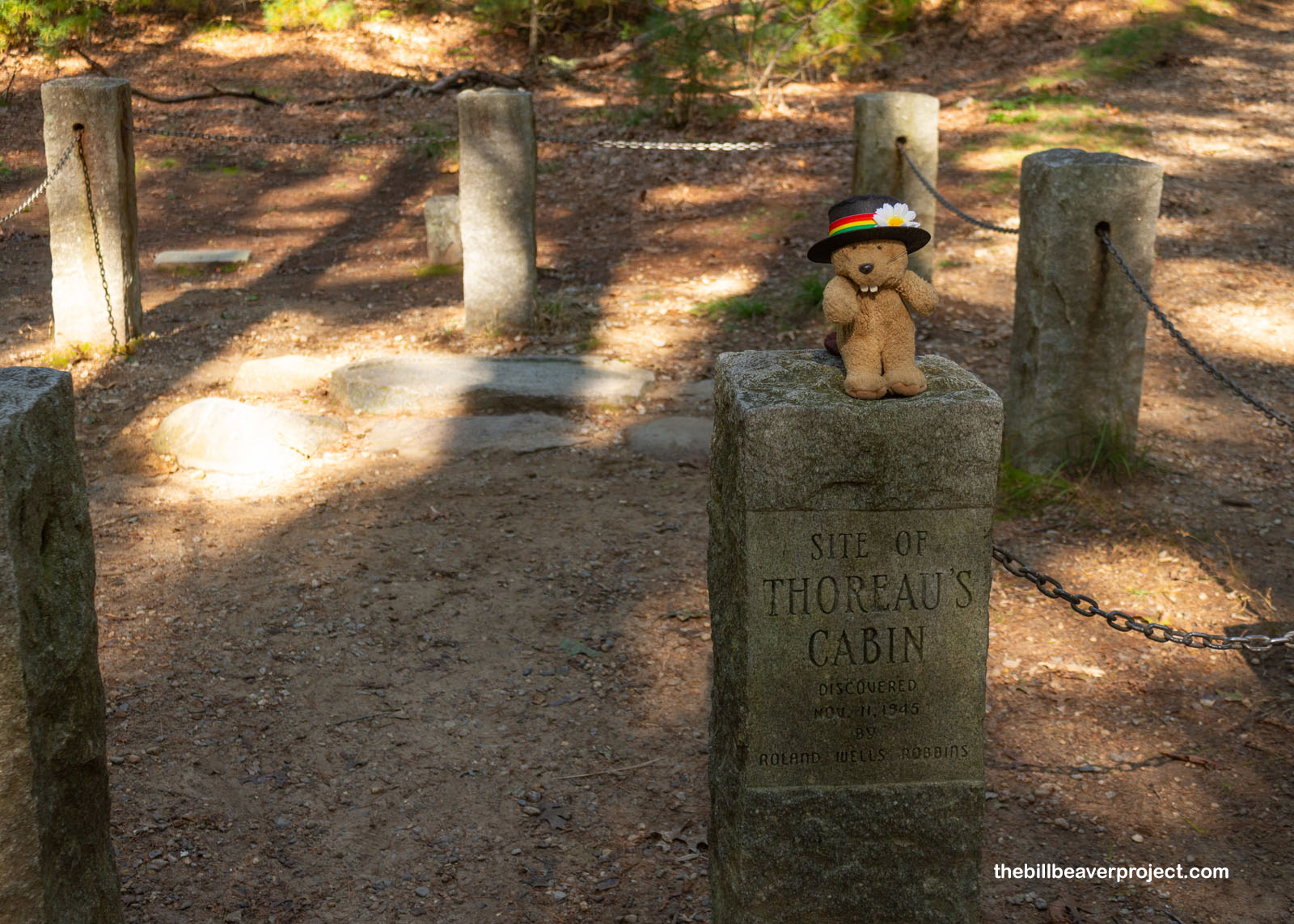 |
I lingered at the cabin a while because my prediction had come true: a huge school group was passing through! But then the rest of the stroll was a gentle amble, peeking into the water to see if I could spot any fish. The water is super clear here in this kettle pond, which was formed by receding glaciers between 12,000 and 17,000 years ago! That’s because it’s fed by rain, snow, and groundwater only, which makes it a great place for wildlife watching and for swimming! I took a while to enjoy the scenery, though I wasn’t alone. Instead, I had a nice chat with Min and Dõng-Dõng from Vermont (also China) about the joys of traveling! They gave me some recommendations for Vermont (though I was there last year), and I gave them some tips for visiting California!
 |
 |
As I completed my circuit of Walden Pond, the next W-destination beckoned from the north, a place that Mr. Thoreau had called the Manchester of America! Back in 1821, when Mr. Thoreau was four years old, a group of merchants from Boston surveyed and settled this area by Pawtucket Falls on the Merrimack River, naming it Lowell after Francis Cabot Lowell, co-founder of the Boston Manufacturing Company, who had just died a few years prior. This was an expansion of the super profitable mill they’d set up in Waltham back in 1814, and it became America’s first industrial city. Here at Lowell National Historical Park, I was going to learn lots about weaving, women, and water!
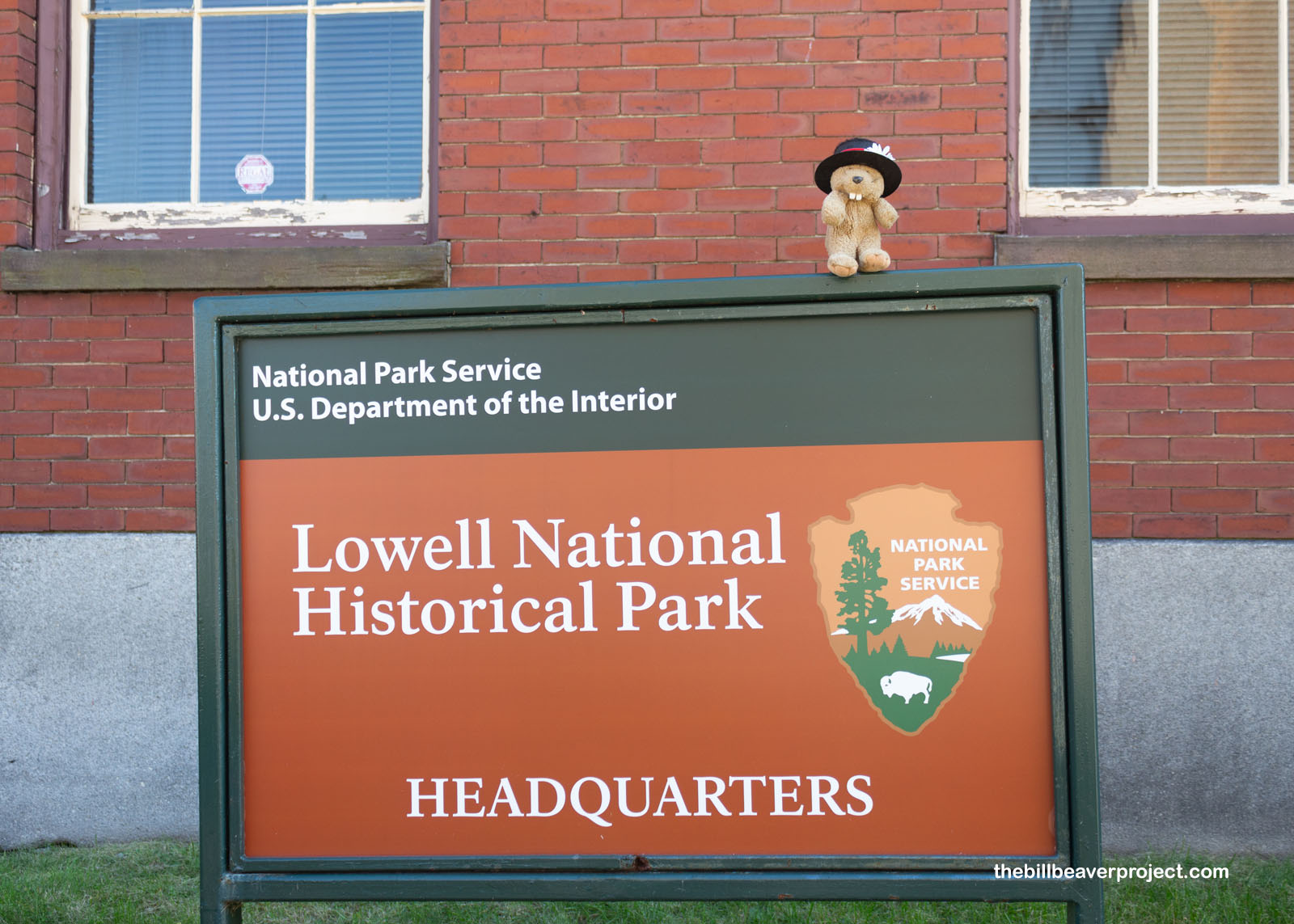 |
The rise of industries radically shifted the population in the fledgling USA, bringing a huge influx into cities from the countryside. In the case of Lowell, these were mostly New England country gals looking for a steady wage and reliable heating in the winter. Strolling through town, the first park building I spied was one of the boardinghouses, where 30-40 women lived at time, long before the ol’ 9-5! Yup, folks, the first wakeup bell would sound at 4:45 AM, six days a week. Lady workers would have breakfast from 6:15 to 6:45, then get to work until 6:00 PM, except on Saturdays when they’d finish at 4:30 PM. This was because all Lowell workers were required to keep curfew and go to church every week to maintain a reputation as a moral industry.
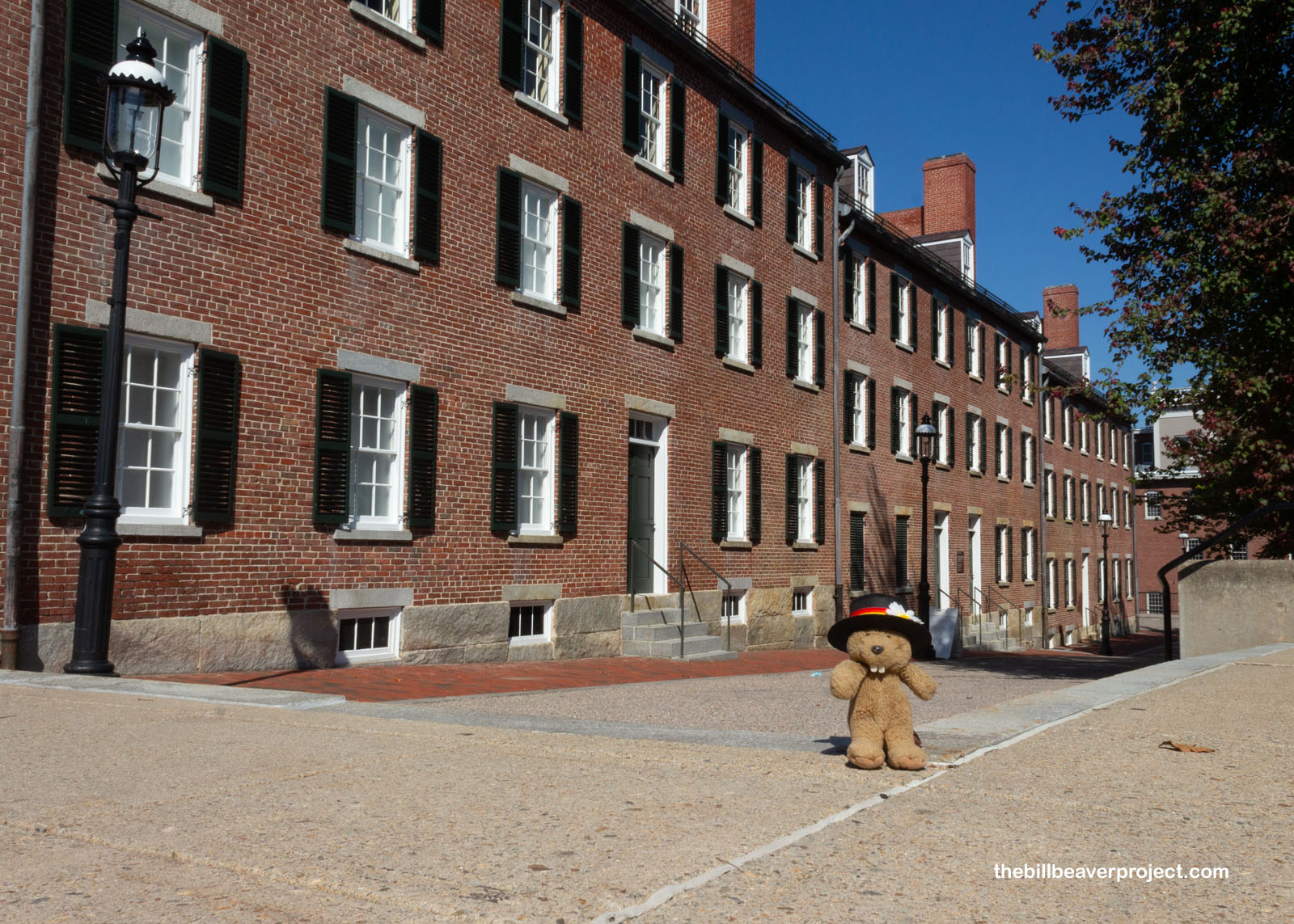 |
One of the best preserved mill complexes of Lowell’s Mile of Mills is the 6th of Kirk Boott’s textile mills. Mr. Boott was one of Lowell’s co-founders, who’d fought against Napoleon in 1813, studied engineering in Sandhurst, and came to Lowell with a lot of know-how. In short, he was the first agent and treasurer of the Merrimack Manufacturing Company, agent of the Proprietors of Locks and Canals, designator of the Episcopal church as Lowell’s first, and civic leader in laying out school districts and moderating the first town hall meeting!
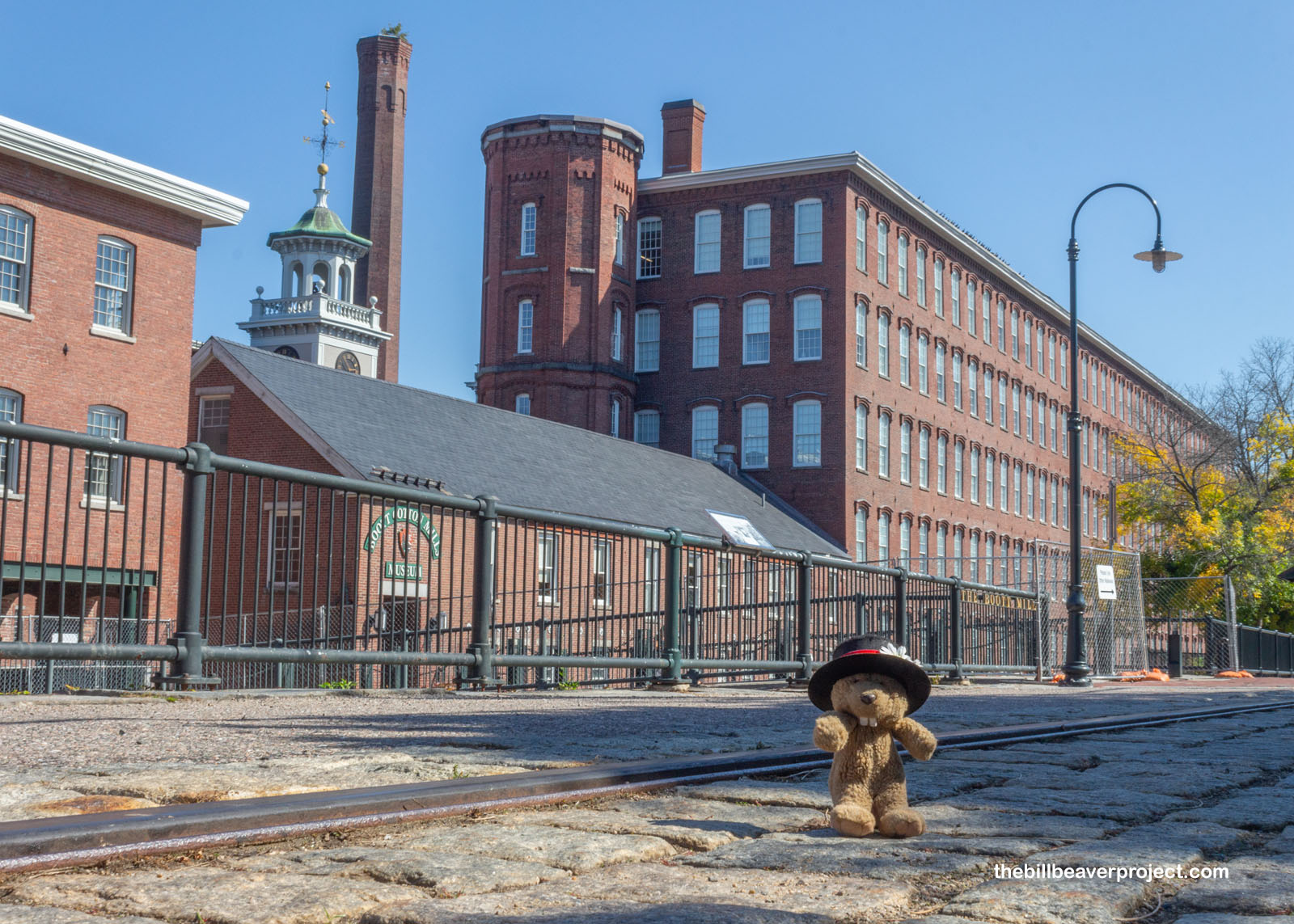 |
As a testament to the Boott business, Mill Number 6 is still in use, not as a mill but as an apartment complex with rents pushing $2-3,000 per month! In fact, since the late 1970s, lots of historic mills from Rhode Island to Louisiana have undergone this makeover! Many of them are marketed as luxury living, though I had to wonder what kind of quirks come out of living in a 200+ year old building!
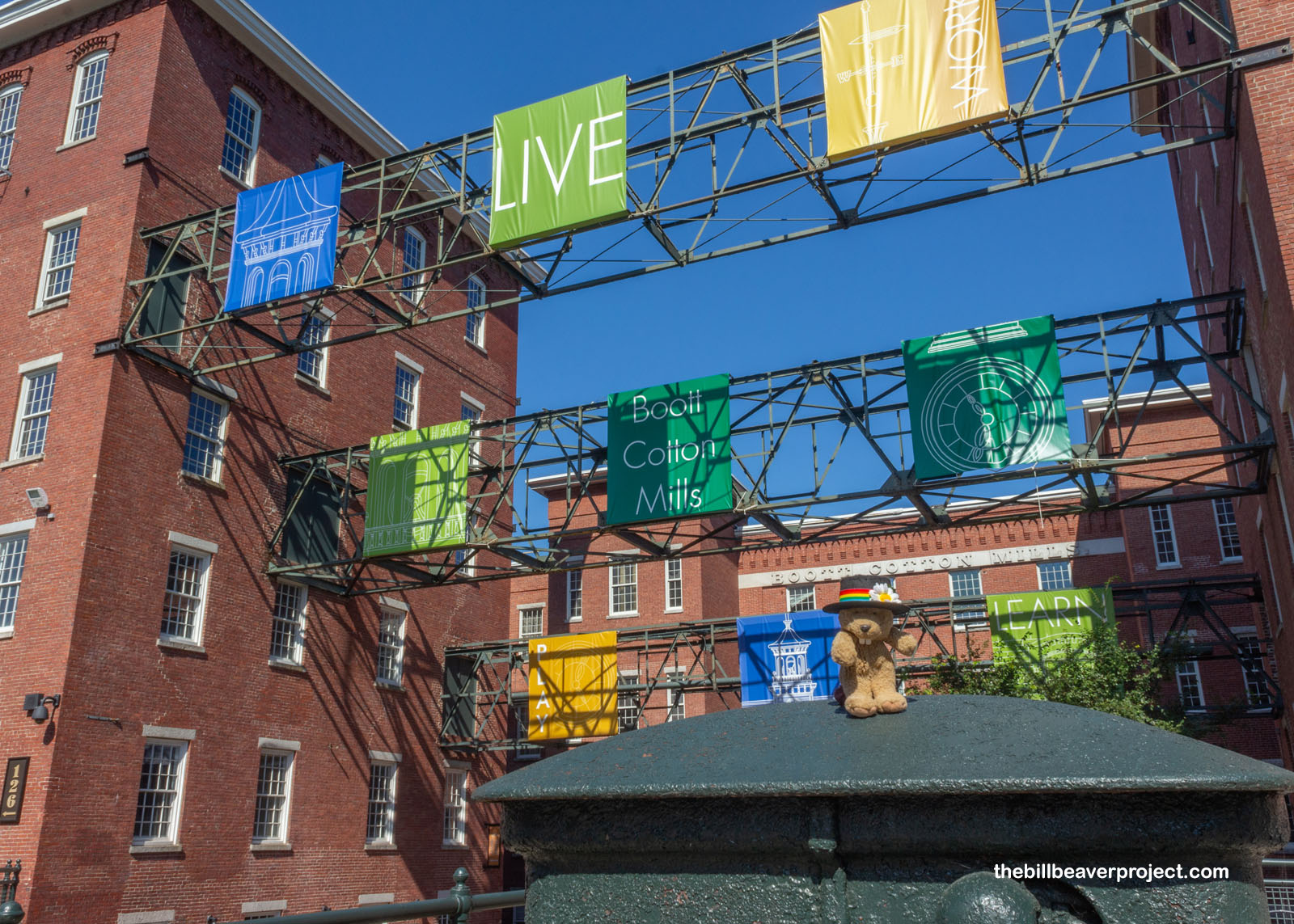 |
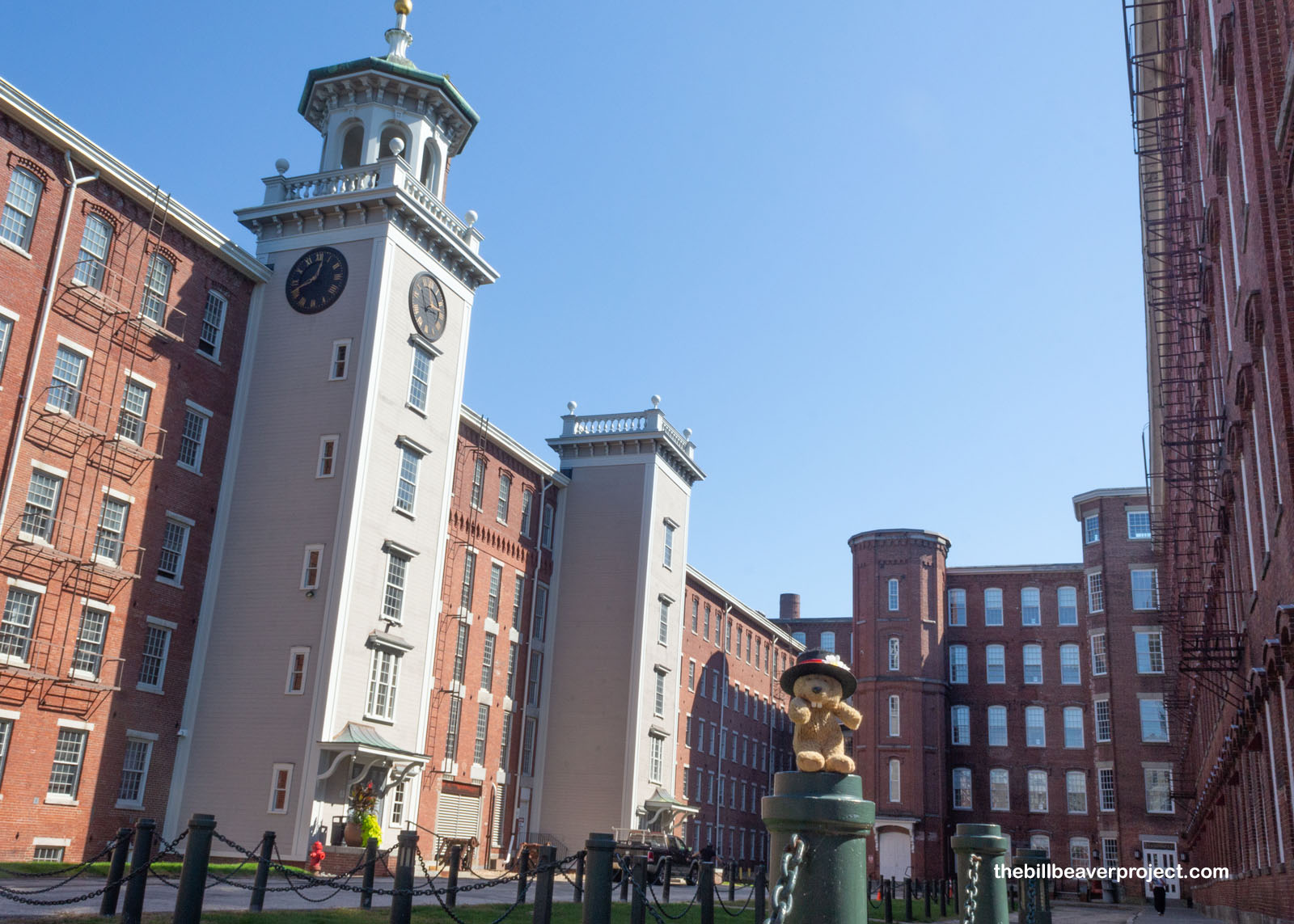 |
But I wasn’t here to find a new place to live. I was here to learn about life in this mill at the time it was operating! The Boott Mill has been converted into a museum with a fully recreated weave room! When I arrived, they were just starting the machines back up after a lunch break (dinner in the 1800s), and boy, was it loud with just a few machines operating. I couldn’t imagine all of them running, billowing cotton dust in a hot, humid environment for 11 hours a day, 6 days a week! And these working conditions led to strikes in the 1830s and 1840s, with mixed results for the folks who sometimes had life-altering health problems from their time here.
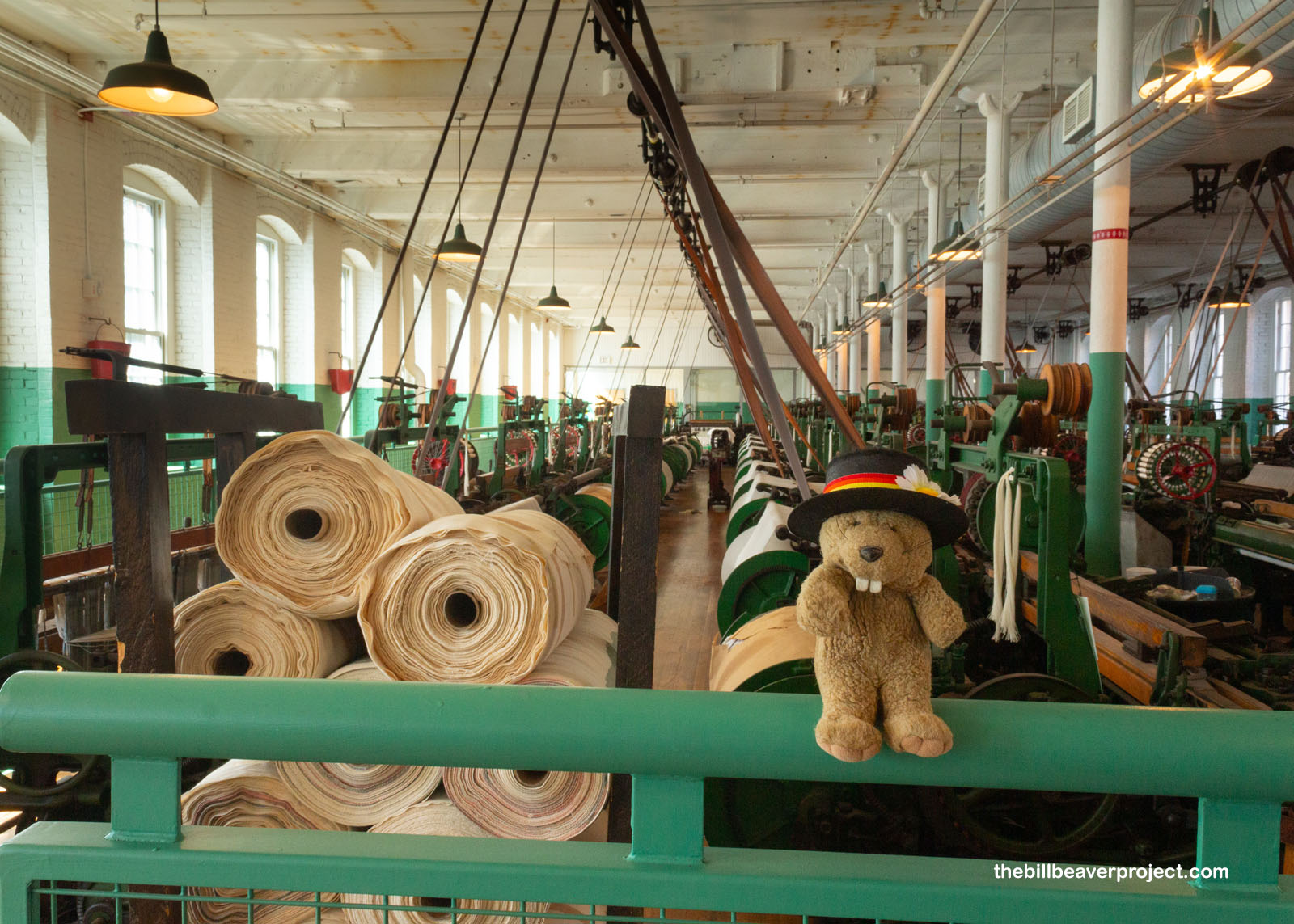 |
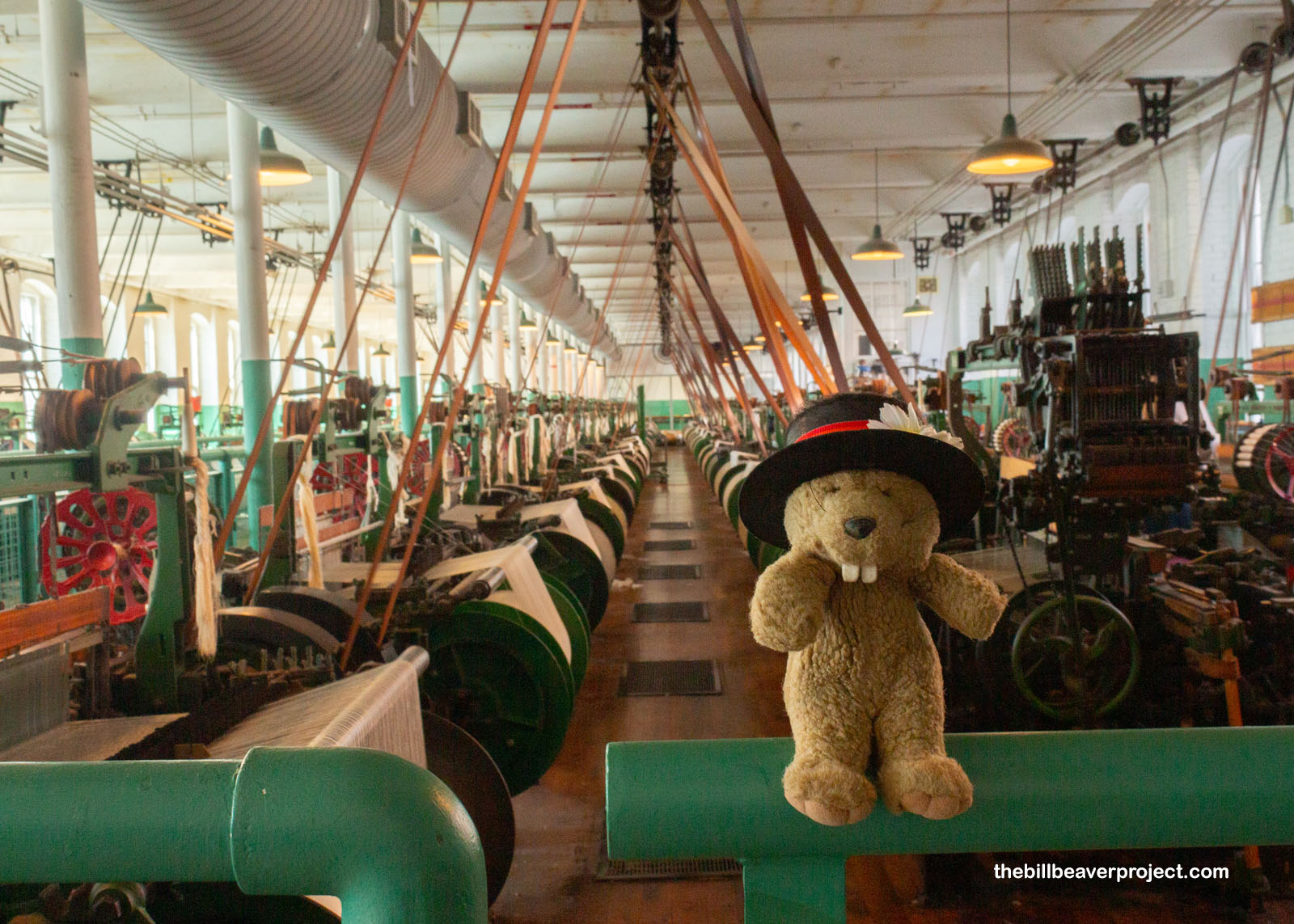 |
The second floor was full of exhibits rather than looms, because early on, mill operators realized that the vibrations of the power looms on upper levels were probably going to collapse the buildings! So that led them to structure each level differently, making the mills at Lowell the first to process and spin cotton into cloth and churn out finished clothing too! An exhibit on types of cloth even went into the darker side of 19th Century textiles, with the finest suits displayed alongside the coarse fabric reserved for enslaved folks. Of all possible fabrics to take their name from this town, this was what came to be called Lowell Cloth.
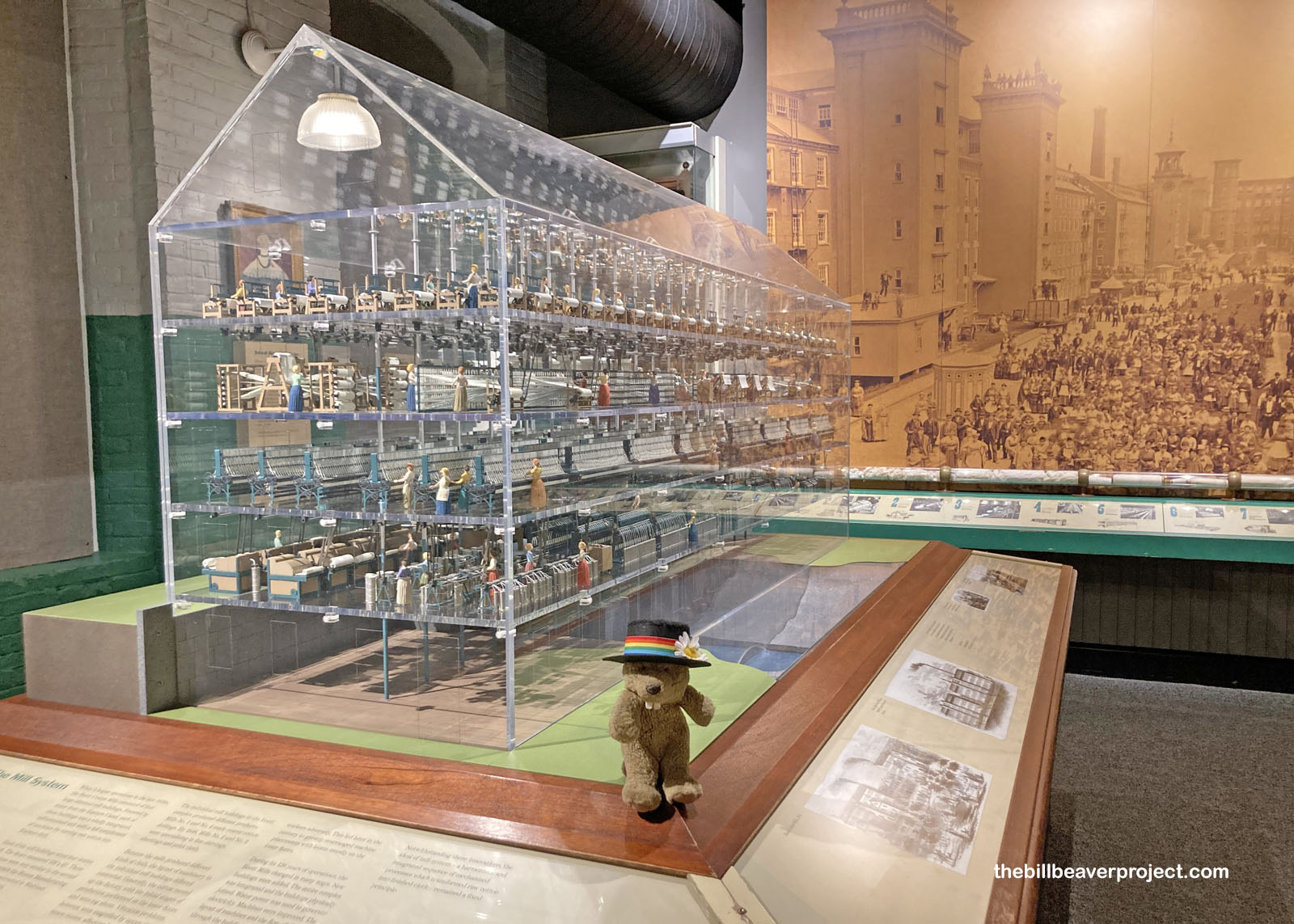 |
Before I left Lowell, I stopped by one more mill, one of the longest lasting in the city! Suffolk Mill was founded in 1830, run by hydropower from the Northern Canal, and hung on all the way through the collapse of the textile industry during World War II! Bought by the Wannalancit Textile Company in 1950, these mills recruited mostly Colombian weavers all the way until 1981! Today, these old mills are used as office space and part of the University of Massachusetts Lowell!
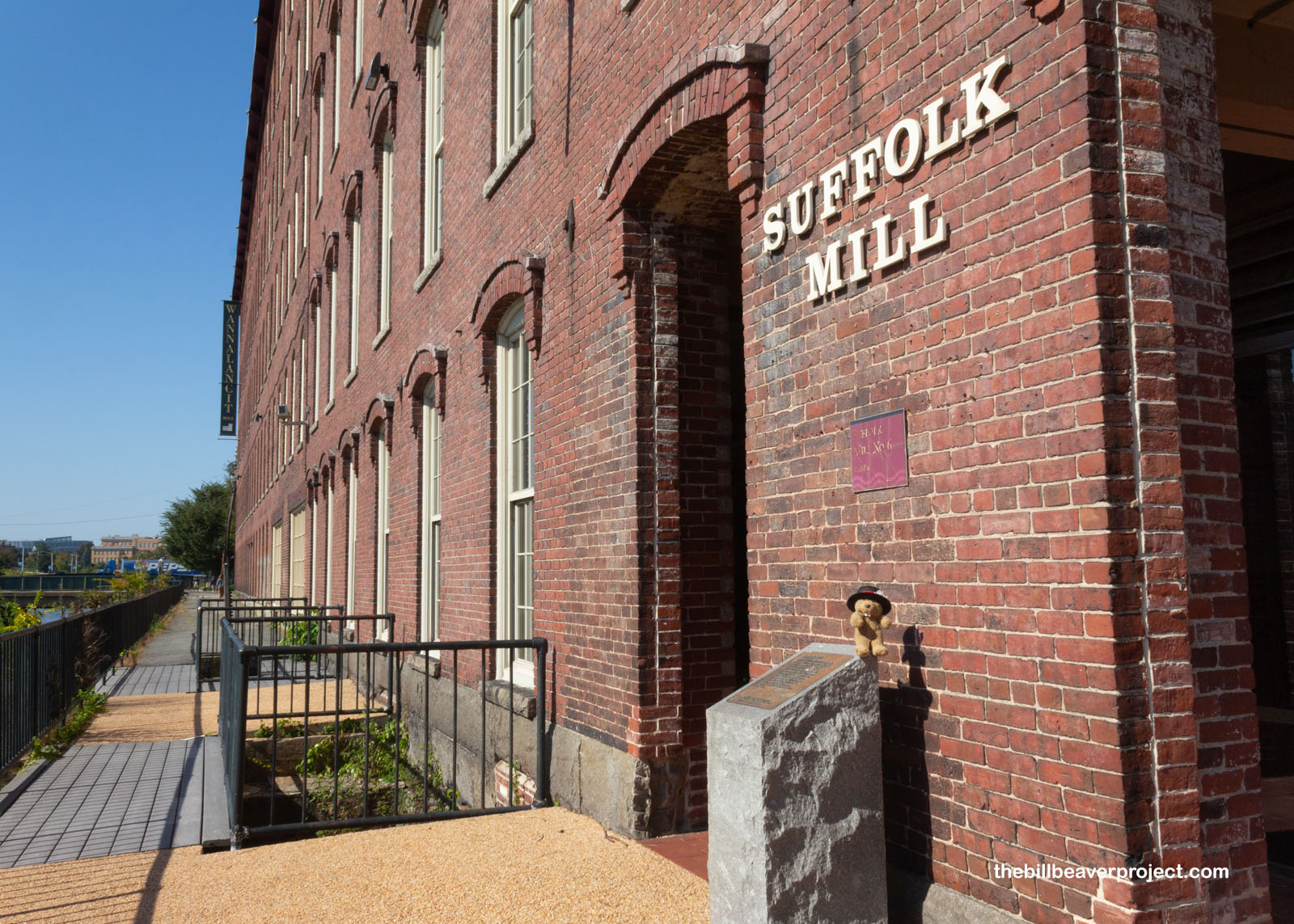 |
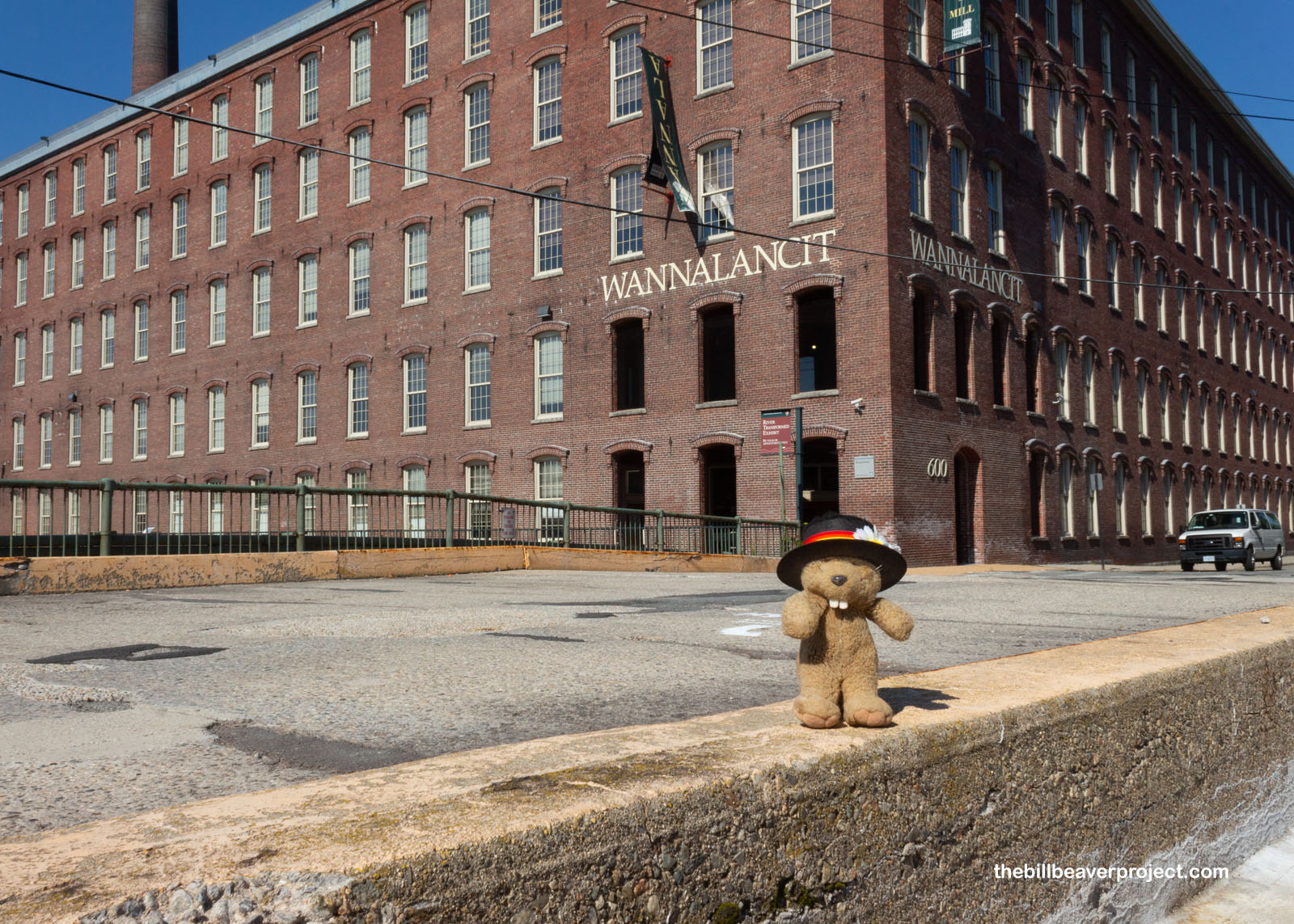 |
I suddenly realized that time was not on my side either, and so I scurried west through sludgy traffic to a city where the Massachusetts militia had its first muster in 1637. This plucky militia would go on to become the US National Guard! Of course, that’s not what Salem, Massachusetts is most famous for, not by a long shot!
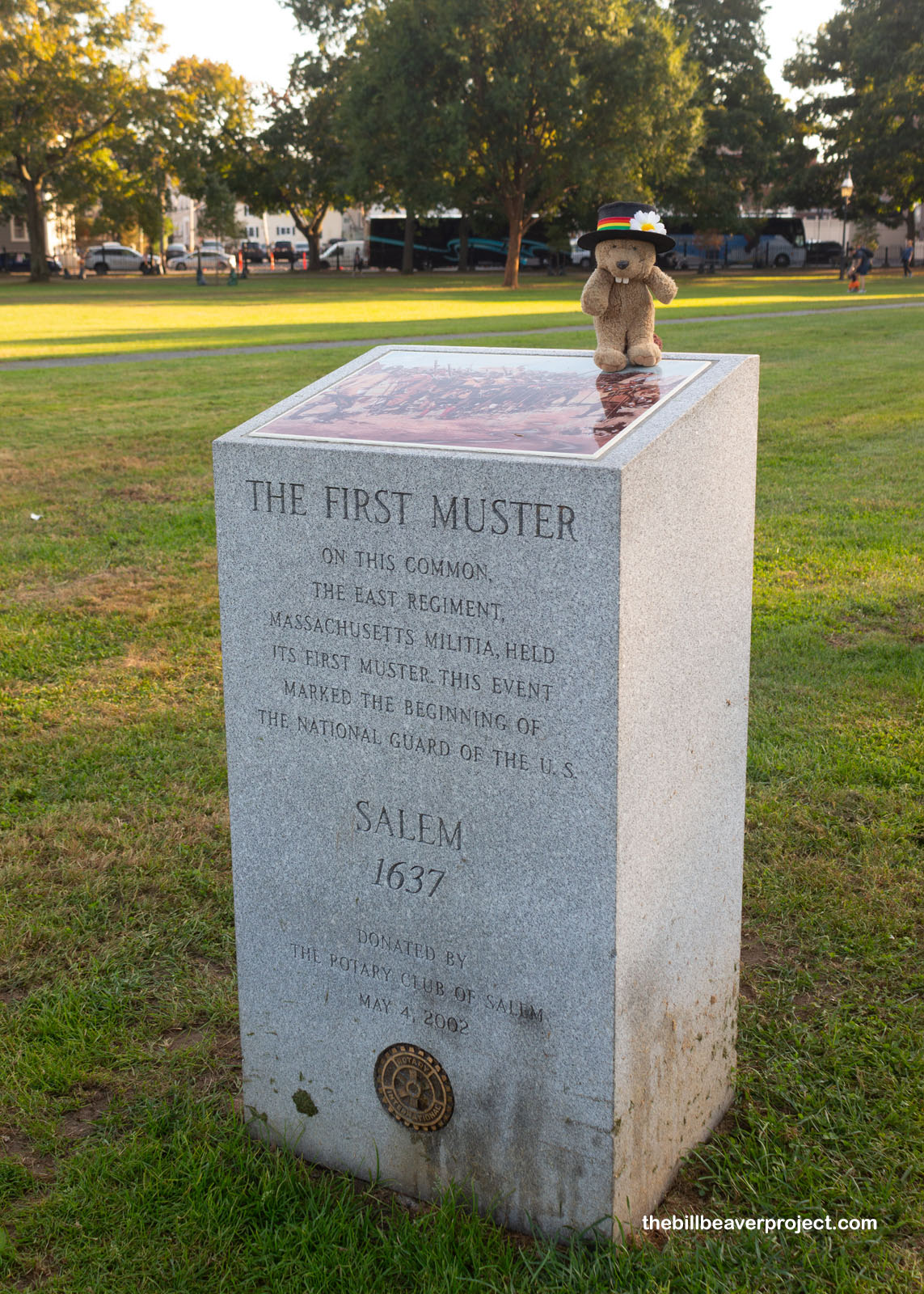 |
Over 700,000 visitors flock to Salem every year, especially during October, but not necessarily to learn about drysalter Roger Conant’s colony, founded in 1626 in the home of the Naumkeag. Not so many folks come to learn that the colony got its name from his successor, John Endecott, who called it “Salem” from the latter part of Jerusalem, meaning “peace!”
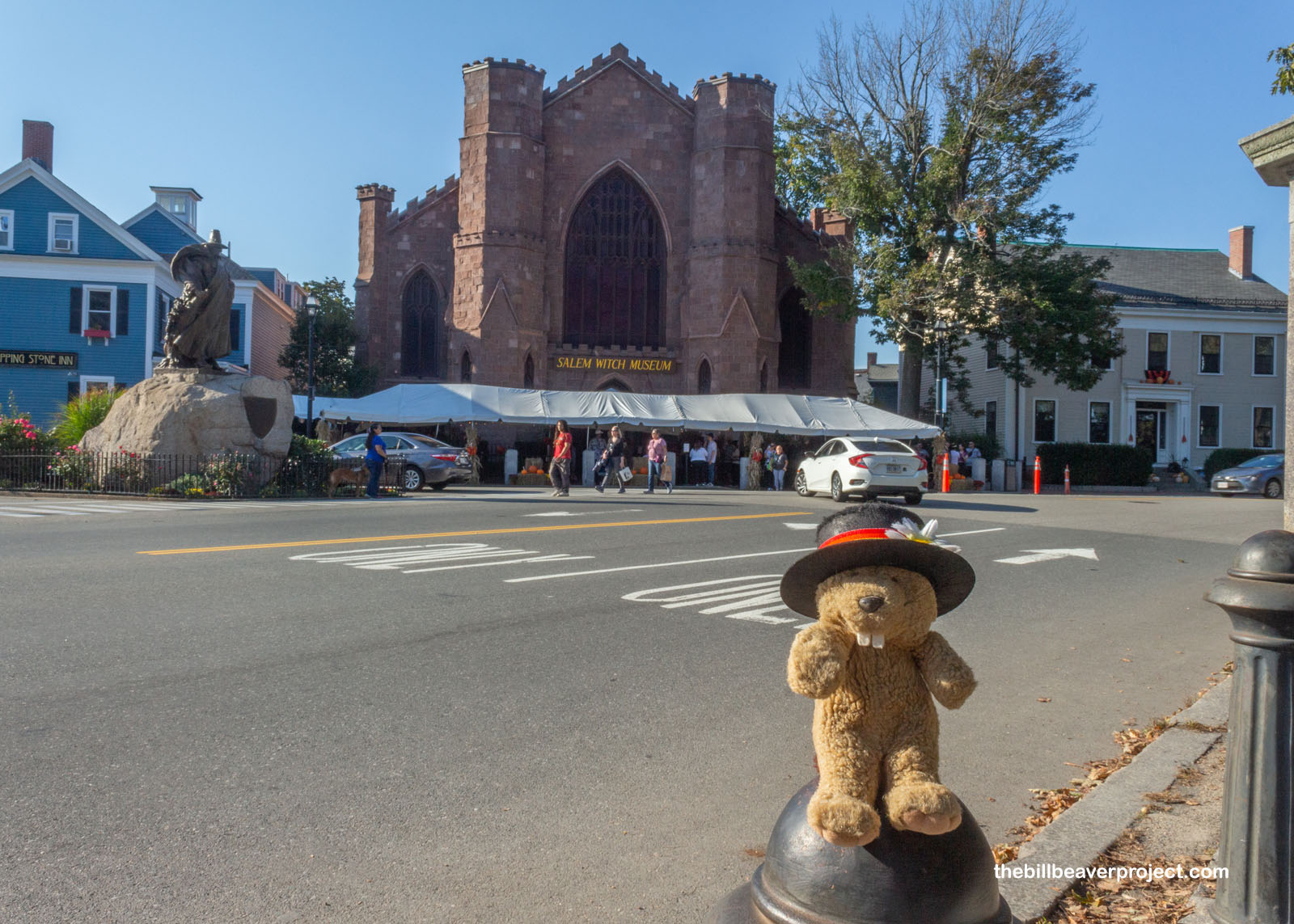 |
Nope, most folks come to Salem to learn about witches, and this is the place for it. I went to the Salem Witch Museum to learn more, only to discover that it was more of a performance than strictly a museum and that it was timed entry, running late! If I stayed to watch the show, It would be dark before I got to see any of the town’s sites, so I set off to see what I could see without a broomstick.
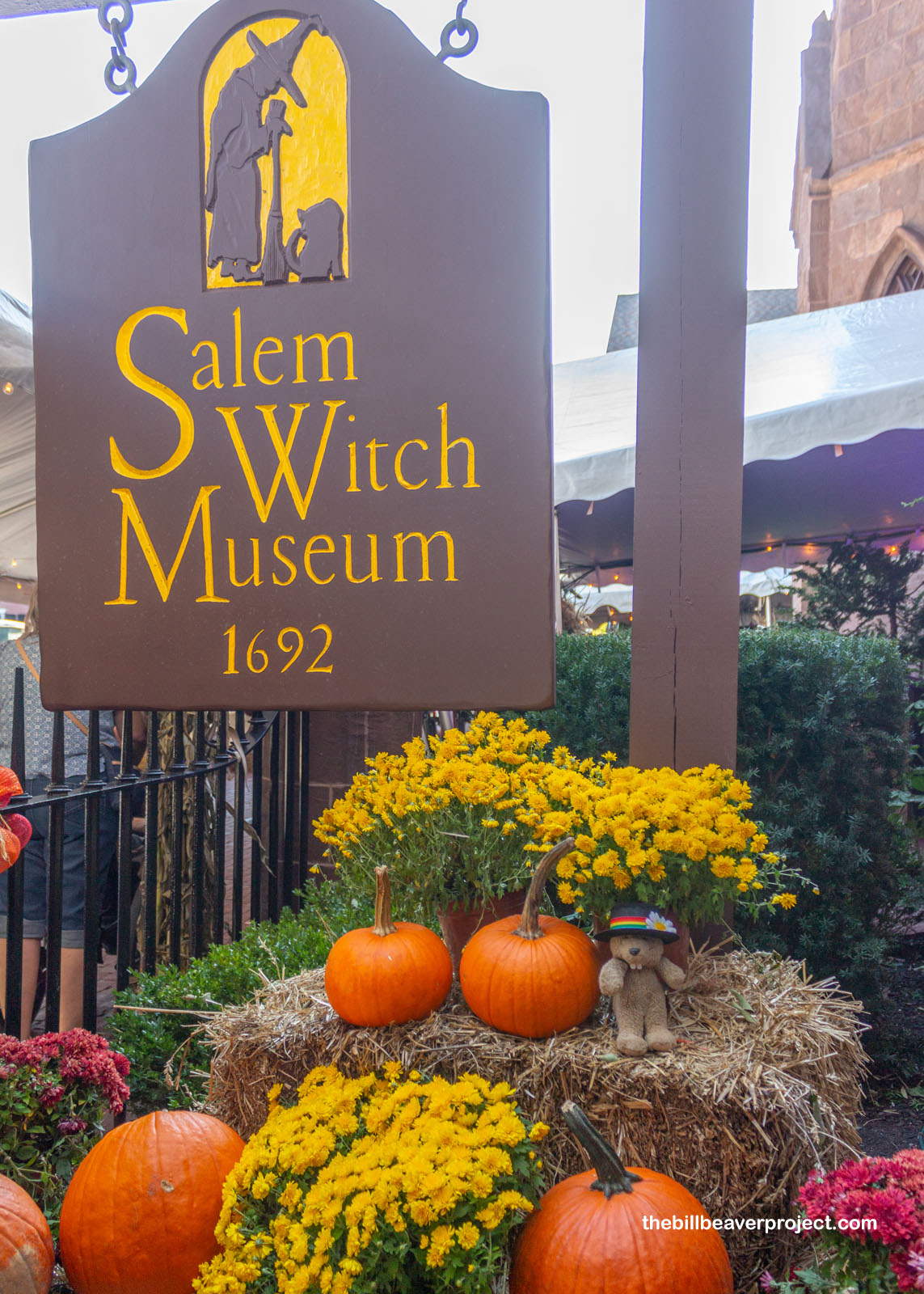 |
Salem is full of witch-related attractions and restaurants, but I wanted to see this memorial specifically. Designed by architect, Jim Cutler, and artist, Maggie Smith (not the Dame), it was dedicated in 1992 by author, Nobel Prize winner, and Holocaust survivor, Elie Wiesel. It commemorates the Salem witch trials, one of the biggest events of mass hysteria in US history! From February 1692 to May 1693, over 200 folks were accused of witchcraft, 30 were found guilty, and 19 were executed!
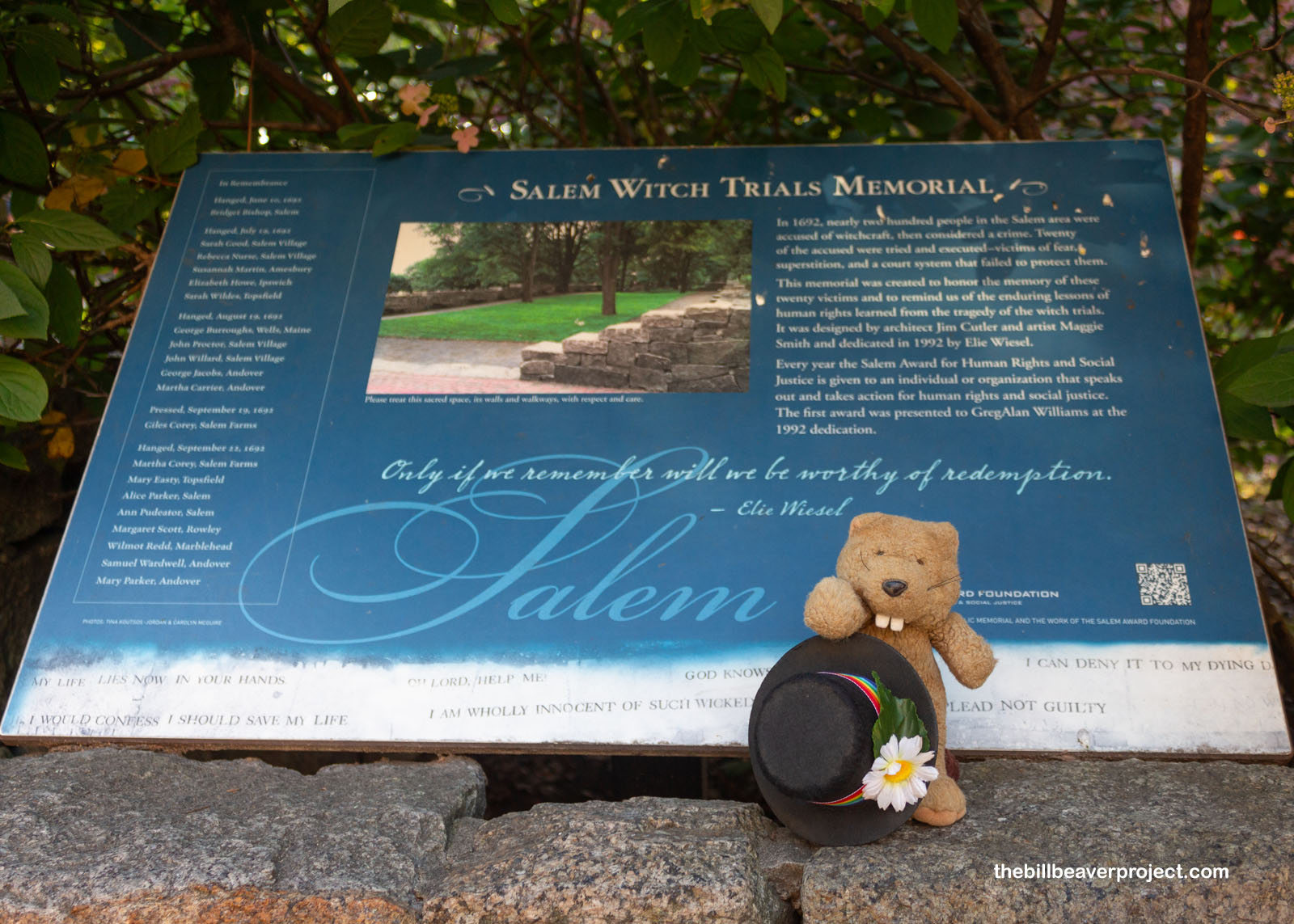 |
The memorial to the “witches” of Salem is set up as a semi-circle of 19 stone slabs, each slab at bench height and each cut off at the end to represent a life cut short, 14 women and 5 men. Back in 1692, witchcraft was written into law as a capital offense, and in these Puritan colonies of New England, merely straying from strict religious practice, or upsetting your neighbor, would put you under legal scrutiny! That’s why these trials are often cited as a reason not to have a theocracy!
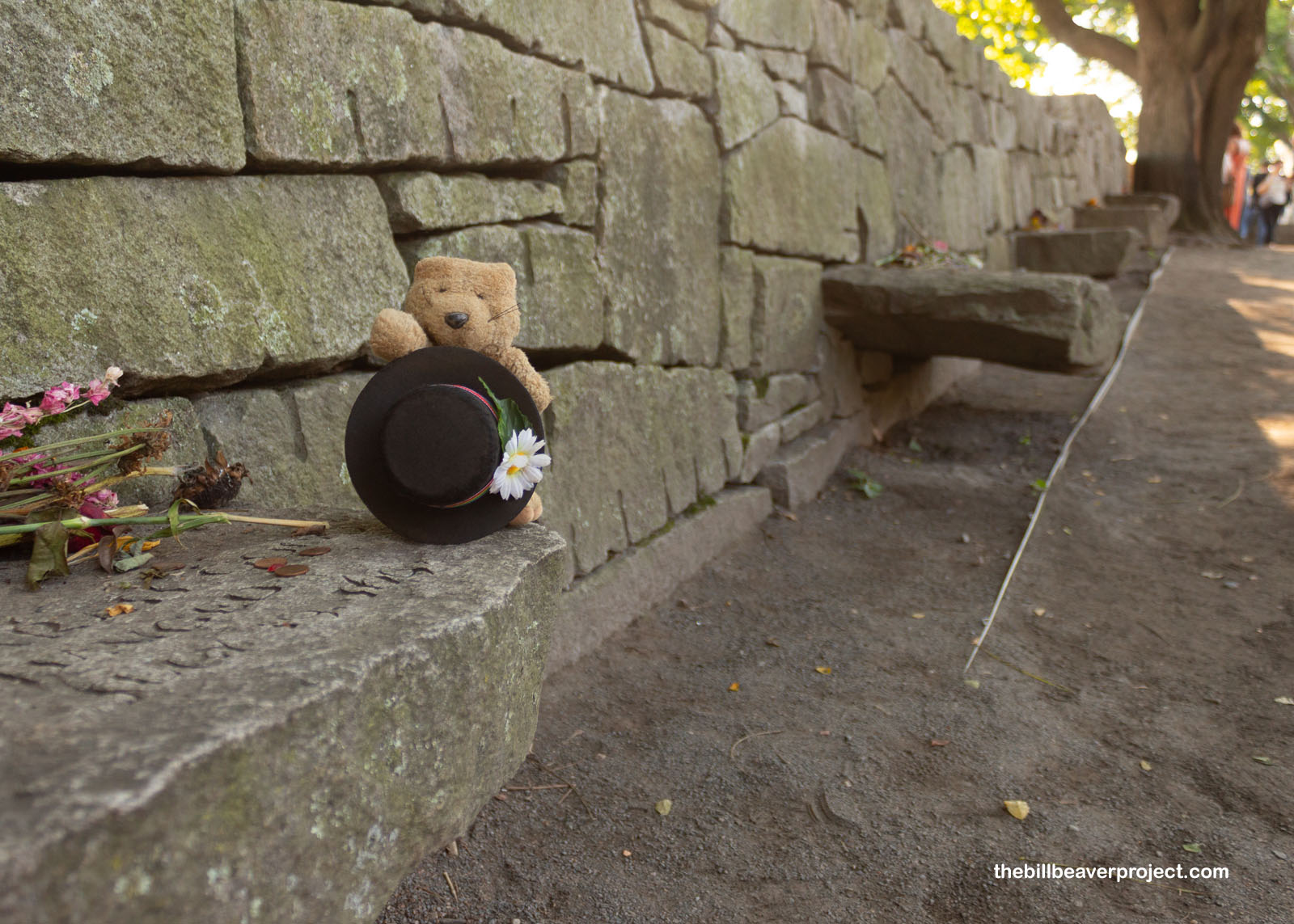 |
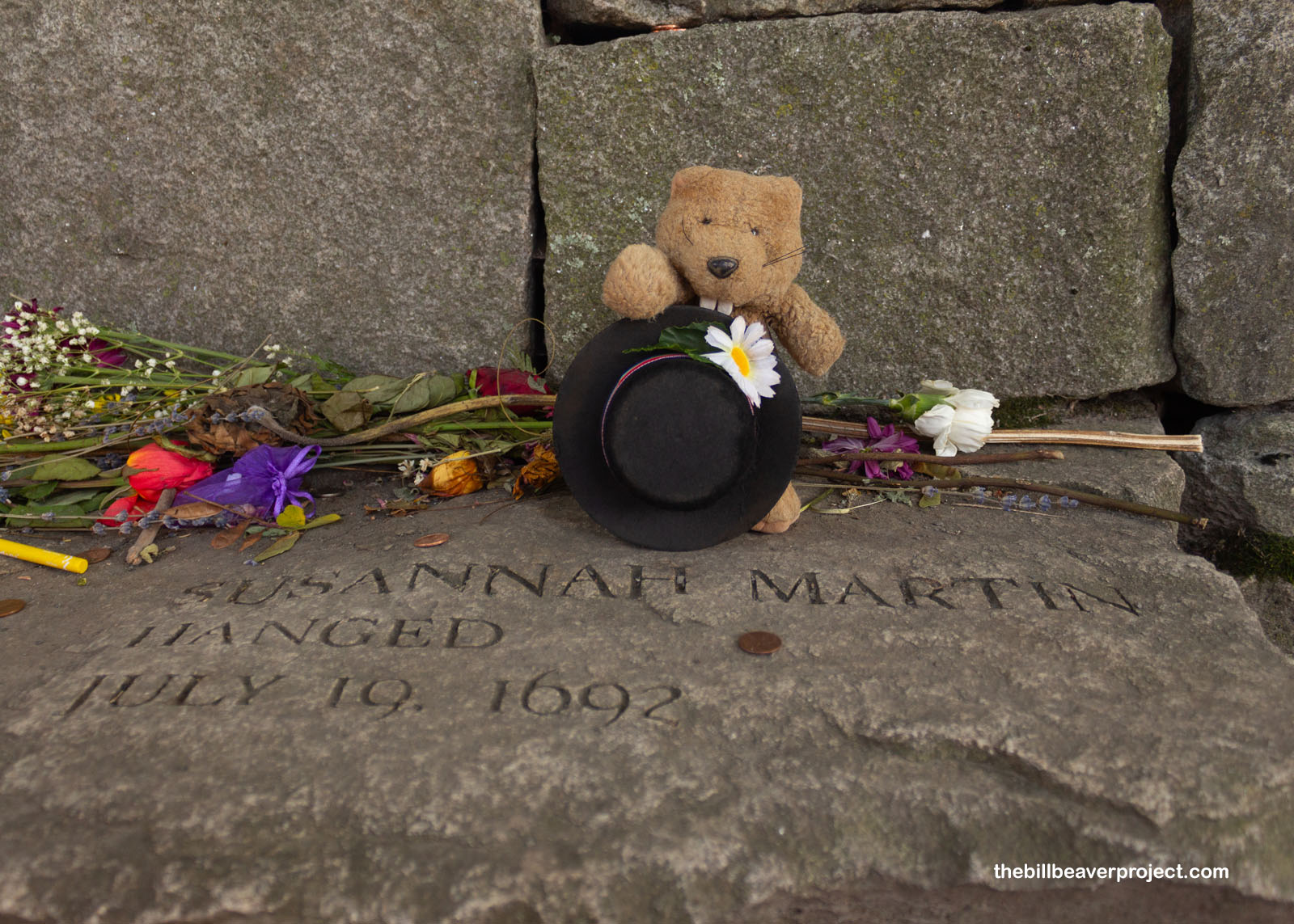 |
The hysteria here all began in a conflict between Salem Village and Salem Town, over property, grazing, and church privilege, which caused the Village to split off and hire their own minister. They went through three ministers (two left for lack of pay and the third left because they wouldn’t ordain him) until Samuel Parris arrived and caused a big stir by singling out folks in town for small offenses! It was his 9-year old daughter, Betty Parris, and her 11-year old cousin, Abigail Williams, who had the first mysterious convulsions that a doctor couldn’t diagnose! The first three women accused of cursing them were impoverished Sarah Good, remarried Sarah Osborne, and Reverend Parris’ enslaved woman from the Caribbean, Tituba. Tituba would later be used as an “expert” witness in identifying witches, spending the rest of the historical record in jail until she was sold to an unidentified person in April 1693.
 |
Not many structures in Salem are old enough to have witnessed the witch trials, but the home of Jonathan Corwin is! Owner of the so-called “Witch House,” he was a wealthy Puritan merchant and magistrate appointed by the governor to the special panel of judges in the first half of the witchcraft trials. We don’t know much about his thoughts on witchcraft or the accusations, but we do know his mother-in-law, Margaret Sheaf Thacher, was accused of witchcraft, though never charged.
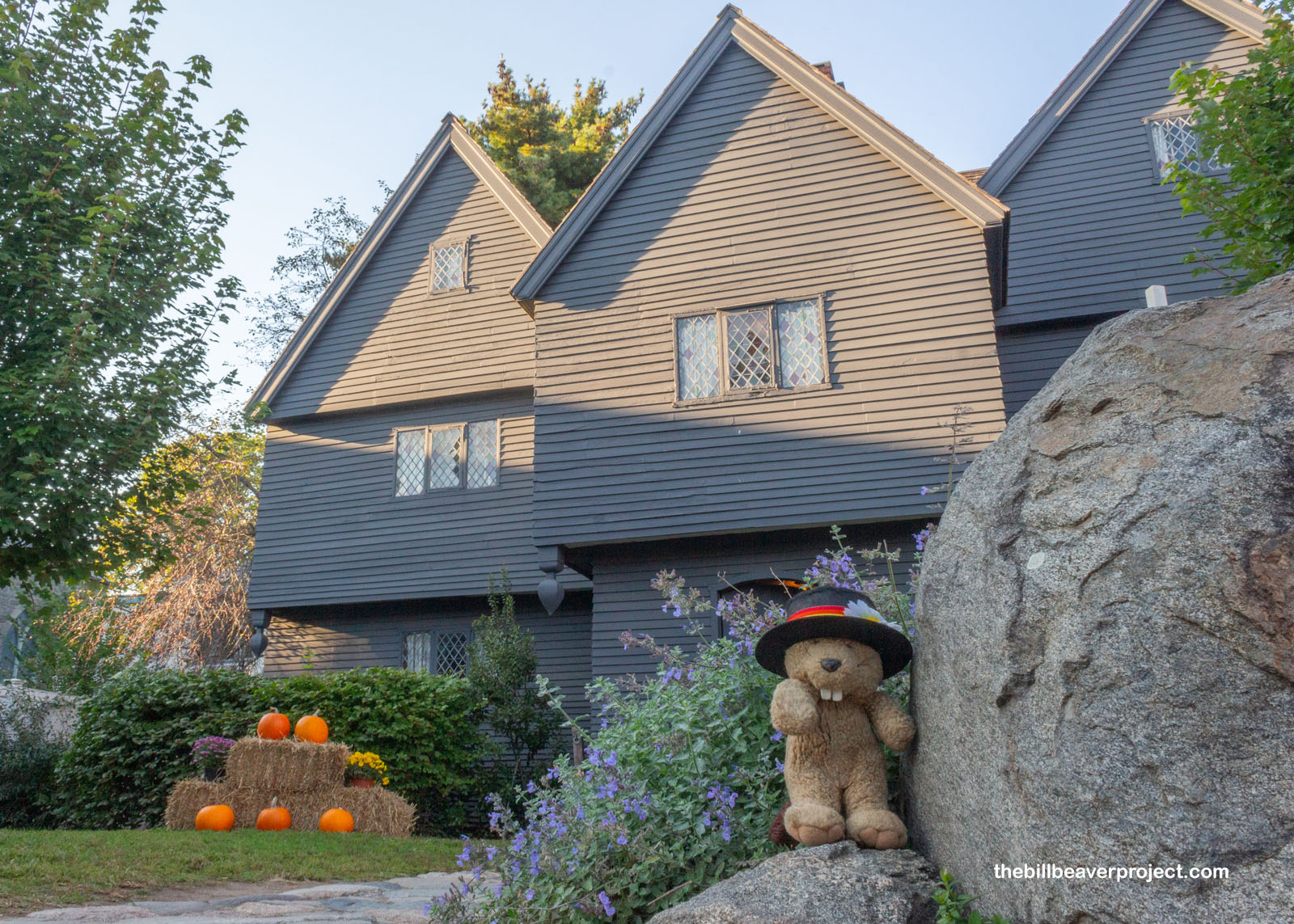 |
He live practically next door to the first church in Salem, founded in August 6, 1629 by Francis Higginson and Samuel Skelton. Though Mr. Higginson would only live another year, Reverend Skelton spent the last five years of his life building bridges between the Puritans and the Pilgrims, who had landed much further south at Plymouth. He’d also been assisted by Roger Williams, later banished from Massachusetts and the founder of Rhode Island!
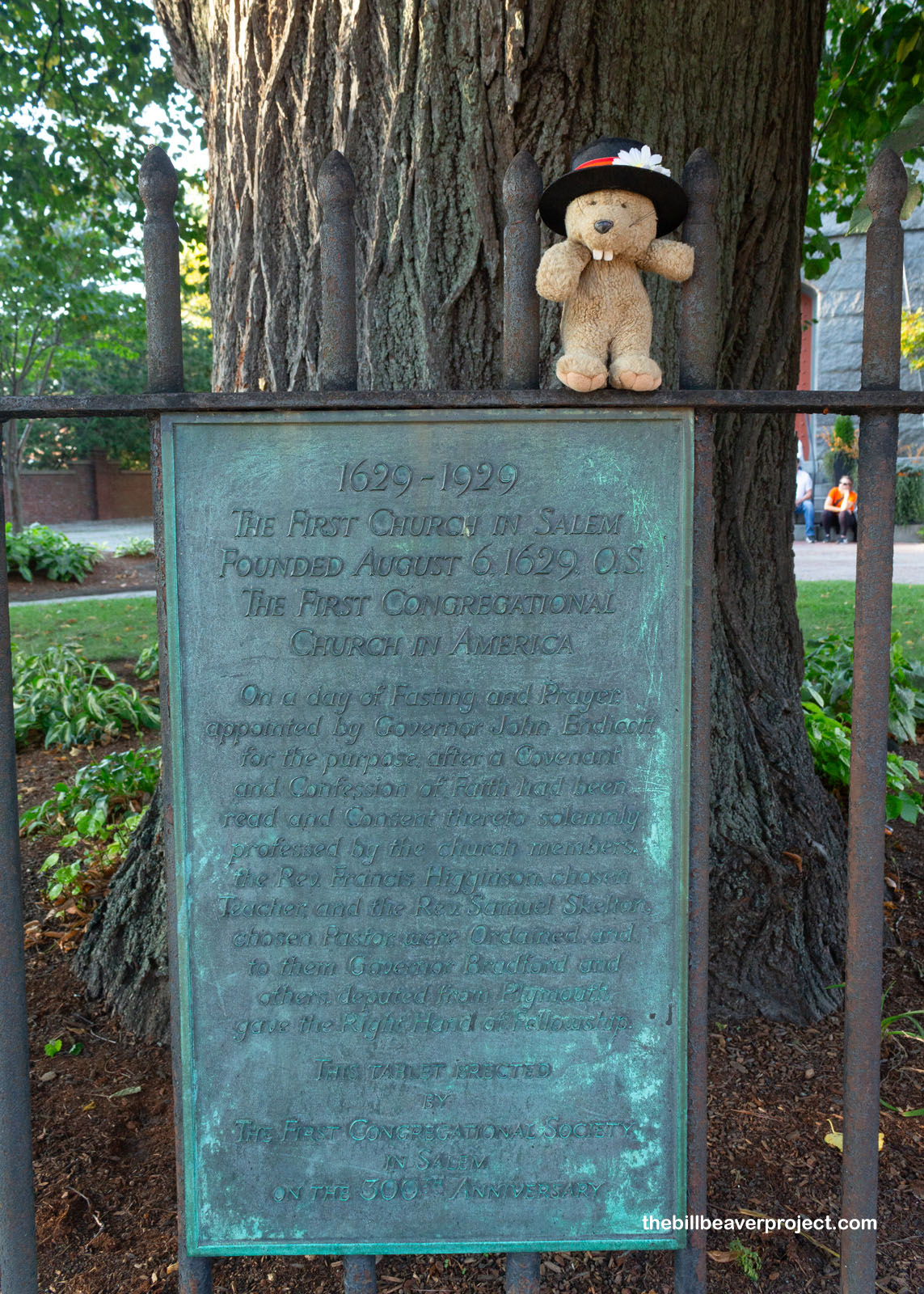 |
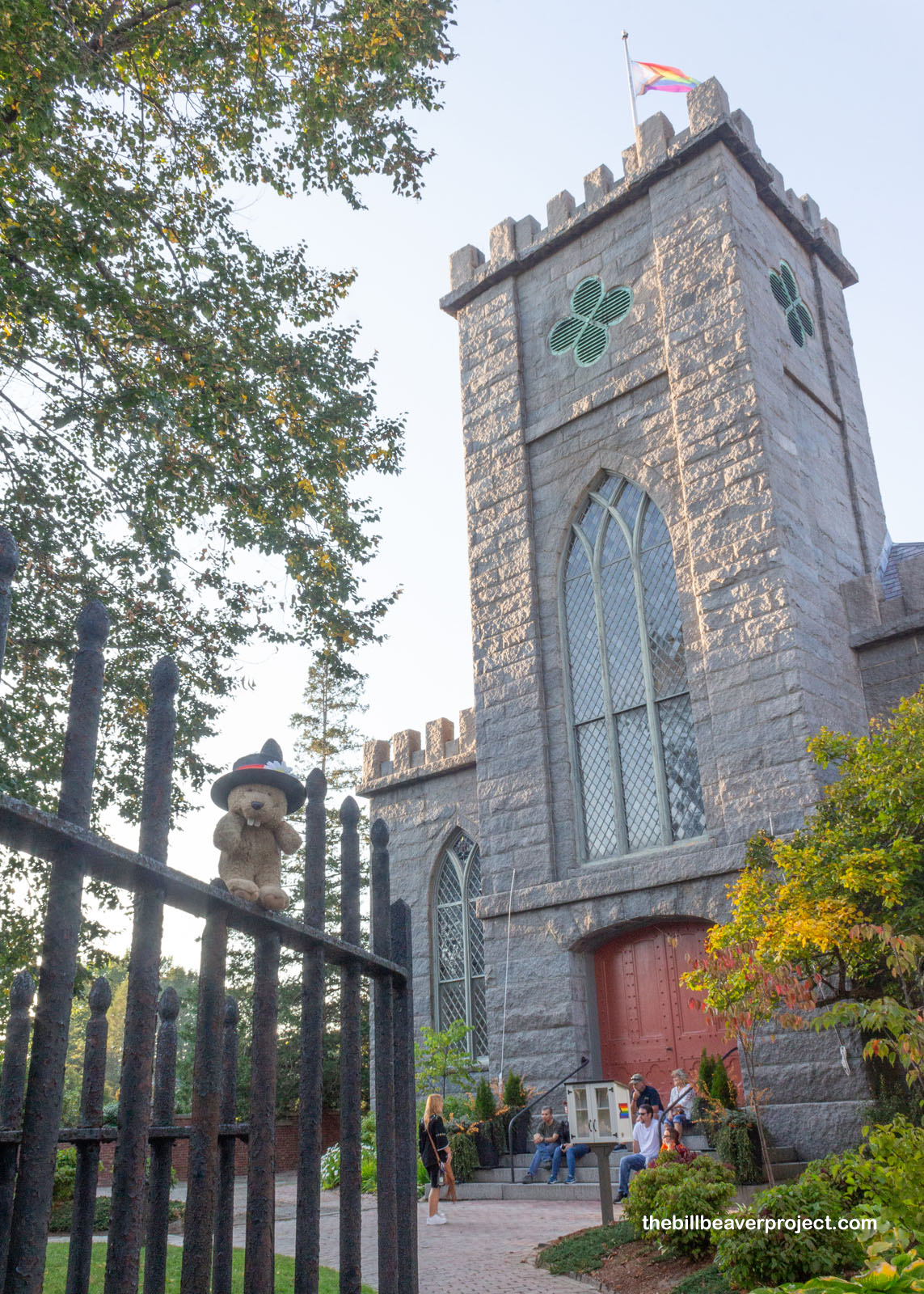 |
By now, sunset was upon me, and I had at least one more memorial to see: Proctor’s Ledge. Originally, it was believed that the witches of Salem were executed in another part of town at Gallows Hill, but in 1921, historian Sidney Perley found evidence that they actually took place atop Proctor’s Ledge! This was later confirmed in 2010 when a team of researchers revisited Mr. Perley’s findings and mapped out the spot based on who would have been able to see the executions from their houses. A memorial, designed by landscape architect, Martha Lyon, was dedicated here on July 19, 2017. Folks still leave flowers at both memorials, making these locations not so much spooky as they are very very sad.
 |
And then, the sun set over Salem and I had lots to think about over a bowl of chowdah. At the end of the day, there’d been two examples of the oppressive forces of civilization that I could clearly tell had inspired folks like Henry David Thoreau to shrug them all off. Folks who set themselves at odds with nature ended up causing lots of suffering for themselves, but the cities have continued to grow nonetheless. I guess folks are stubborn, just like I’ve been stubbornly chasing history, and like it or not, there’s a little magic in that. Tomorrow, I’ll journey south from Puritan country to Pilgrim Country to see if they handled things any differently. Until then…
Come! We fly!

 Previous Day |
Total Ground Covered: 140.8 mi (226.6 km) |
 Next Day |
